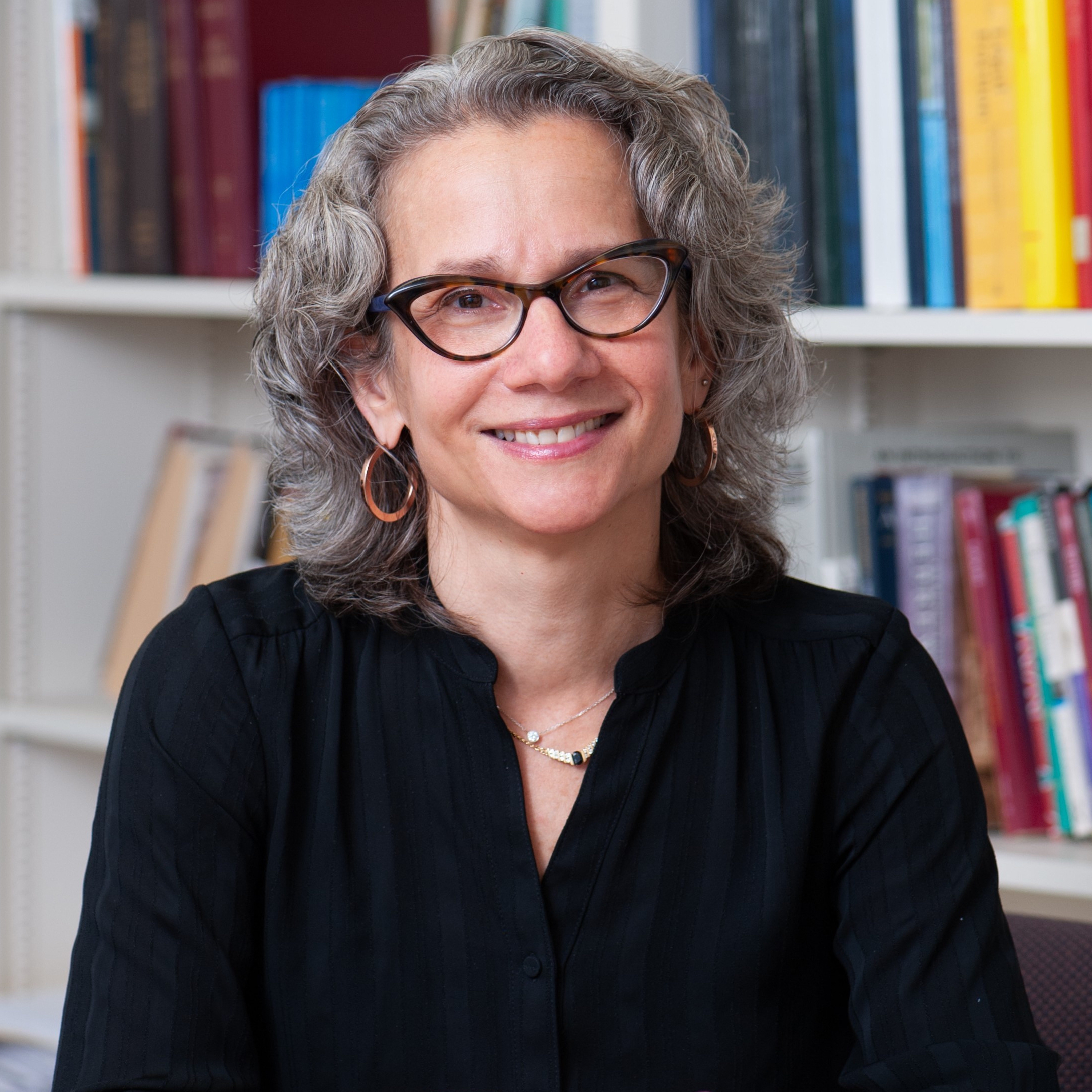Spiritual Poetry Makes the Good Book Great

For many readers, the Torah is more than the good book. It is a great book. The Torah’s greatness can be attributed to its literary uniqueness (there really is no other book quite like it) and to its remarkable place at the foundation of three major religions.
For me, the Torah’s greatness comes from the way it integrates artistry and meaning. The Torah is playfully serious. It manipulates language, selectively includes and excludes essential narrative details, and is overtly intertextual. Above all, the Torah is crafted to express and to suggest. Its laws, stories, prophetic oracles, wise sayings, prayers, and songs all function in a way as a kind of poetry—a spiritual poetry—that captures the religious imagination, expressing and suggesting profound meanings.
Like all good poetry, the Torah brings in each individual reader and connects us to its stories and truths. Like all good spiritual poetry, the Torah communicates something essential about human experience, capturing our vulnerabilities and our aspirations that extend beyond the specificities of ourselves. The Torah’s spiritual poetry is expansive. It blends the universal with the particular; communicates what is eternal in each moment; and speaks to us as humans and as Jews.
One of the ways the Torah does this is by telling stories that collapse time, causing the past, present, and future to intersect. There are core moments in individual characters’ lives that are linked intentionally to Israel’s larger story, and even to the grand human narrative. These moments simultaneously look backwards and forwards to connect characters with their ancestors and with their descendants, including each one of us.
Parashat Shemot offers several examples. The parashah opens with the names of Jacob’s sons, records the death of Joseph and the passing of his generation, and introduces the next generation of Israel that, being extraordinarily fertile [פרו וישרצו וירבו], fills the earth [ותמלא הארץ] (Exod. 1:7). The words used to describe Israel’s fertility echo the story of creation in Genesis 1 and God’s command to the first humans to be fertile, increase, and fill the earth [פרו ורבו ומלאו] (Gen. 1:28).
With this echo, the Torah poetically links Israel’s story to the world’s story and suggests that Israel experiences a new or renewed creation. Depending on one’s perspective, it is a moment of cosmic continuity or discontinuity. Either way, Israel’s story intersects with the world’s story and the creation of humanity.
Next, the parashah records the birth of Moses, whose life is in danger in the wake of Pharaoh’s decree to throw Israel’s baby boys into the Nile. In another nod to the creation story in Genesis 1, Moses’s mother perceives her son’s goodness [ותרא אתו כי טוב] and places him in a tevah, a container [תבה], setting him afloat in the Nile river. (Exod. 2:2-3)
The only other place in the Torah that the word תבה (tevah) appears refers to Noah’s ark. In this way, the Torah poetically links two moments of salvation, while also hinting at a future salvation. Moses is Noah. His experience of floating down the river in a תבה connects him to this ancestor. Moses also is Israel. His personal experience of salvation—of being drawn from the water—connects him with the people he will lead through the water to their salvation.
The centerpiece of the parashah is Moses’s call to prophecy at the burning bush. This is another poetically charged moment in which the present and the future, the personal and the communal, intersect. Exodus 3:1 describes Moses shepherding his father-in-law’s sheep deep into the wilderness to Horeb, God’s mountain.
This one verse encapsulates the entire story of Exodus in which Moses shepherds Israel through the wilderness to God’s mountain. Once again, Moses’s personal story reflects Israel’s story. Similarly, Moses encounters God at the burning bush [סנה], an overt wordplay on Sinai [סיני], the site of Israel’s communal revelation. In this way, Moses’s intimate moment of private revelation foreshadows Israel’s grand moment of communal revelation.
Moments of creation, salvation, and revelation punctuate Moses’s story, Israel’s story, and the human story. They also punctuate the story of my own life and are key to why the Torah’s spiritual poetry speaks to me and why I think it makes the good book a great book.
The Torah’s spiritual poetry makes specific moments feel timeless and transforms personal stories into communal ones. By doing so, it also enables ancient stories to feel alive for contemporary readers like me. Its expansiveness welcomes me into the Torah’s world and helps me extend my personal narrative beyond my present, connecting me to the ancient past and the distant future. The Torah’s spiritual poetry enables Moses’s story to become Israel’s story and Israel’s story to become my own.
The publication and distribution of the JTS Commentary are made possible by a generous grant from Rita Dee (z”l) and Harold Hassenfeld (z”l).



